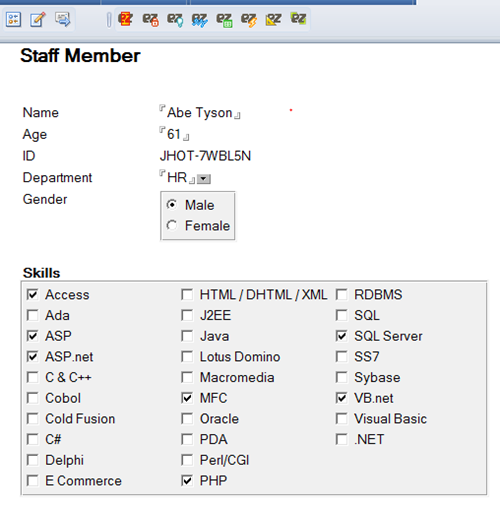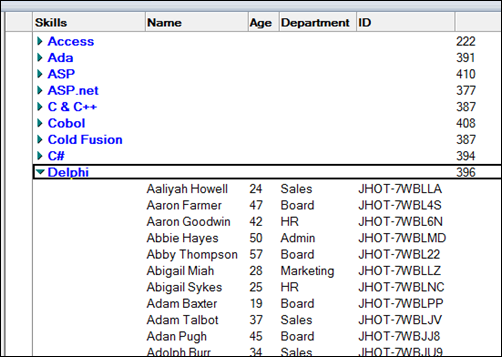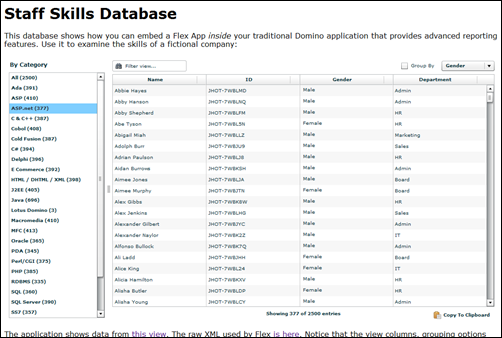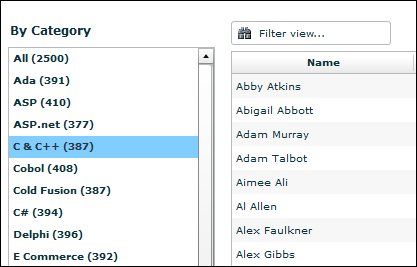| ← Сентябрь 2009 → | ||||||
|
1
|
3
|
5
|
6
|
|||
|---|---|---|---|---|---|---|
|
8
|
10
|
12
|
13
|
|||
|
15
|
17
|
19
|
20
|
|||
|
22
|
24
|
26
|
27
|
|||
|
29
|
||||||
За последние 60 дней 2 выпусков (1-2 раза в 2 месяца)
Сайт рассылки:
http://lotusnotes.wordpress.com
Открыта:
28-03-2008
Статистика
+1 за неделю
Part of the document link is missing when pasted into Sametime chat window
Рассылку ведет: Программист на Lotus NotesLotus CoderВыпуск No 238 от 2009-09-30
рассылка о программировании на Lotus Notes/Domino Обсуждения на форумах, блогах. Примеры программного кода на LotusScript,@formula, Java рассылка:выпускархивлентаблогсайт Бюллетень "Lotus Notes CodeStore" Выпуск 13 от 21.04.2008comp.soft.prog.lotuscodesrore
|
| Ссылки | Утилиты и программы | Сайты о Lotus Notes |
| В избранное | ||

 CodeStore. Примеры кодов
CodeStore. Примеры кодов Форумы.Свежи темы и обсуждения
Форумы.Свежи темы и обсуждения Tips. Советы
Tips. Советы








 Блоги. Что обсуждают и пишут
Блоги. Что обсуждают и пишут Статьи и Документация
Статьи и Документация